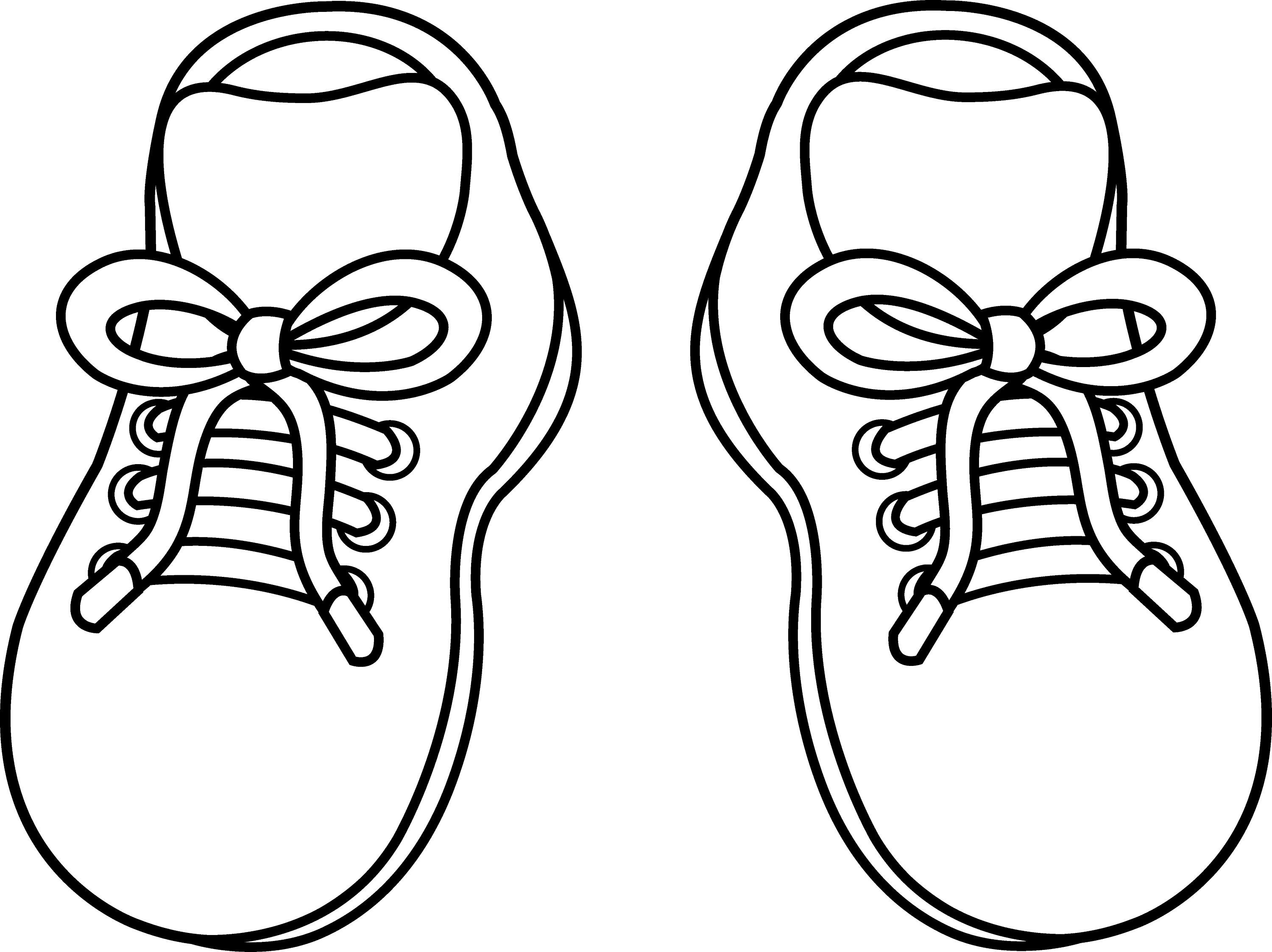Research and experience have shown us that many people benefit from visual supports. As a Speech Therapist who works with children with significant communication deficits, I use visual supoorts daily. Visual supports come in many forms, as I will discuss below, and are used for a variety of purposes. Visual supports can be used to aid learning a new concept, understanding a new and upcoming event, completing a sequence of daily life, completing a job sequence or communicating non-verbally. But where do we start? What type of visual should we use? I have found the hierarchy presented below to be very helpful. I will observe the individual and see what communication strategies they are currently using and start from there. However, many caregivers do not naturally use visuals. In these cases, I will start very simply and increase the complexity from there.
So, let's jump right into it and I will provide some examples from my experiences to help apply the principles. The list progresses from the most basic to the most complex form of visual support (the original list was presented in the Wisconsin Assistive Technology Initiative of 2000).
- Physical Communication: the individual takes their communication partner to the desired item or prompts them with their hand to request a desired action. A child comes to you, takes you to the fridge, puts your hand on the handle and points to the carton of milk once you open the door. This example highlights using physical communication to request an item (milk from the fridge) and an action (opening the refrigerator). This is a very common way for toddlers to communicate. If an older child or adult uses this method, the importance of this stage is sometimes overlooked. It is a good indicator for communication success, much more effective then screaming or throwing tantrums. Much more intentional.

- Real Objects: the individual uses real objects to communicate their wants and needs. For example, a child may bring their coat to an adult to ask to go outside. Additionally, an individual may hand their communication partner a container they can't open to request help. Like physical communication, real objects are generally easy to connect to the desired item or action.
- Miniature Real Objects: the individual uses a miniature version of the real object to request the object or related action. A piece of towel could represent taking a bath or a small cup could represent getting a drink. I find that this works well for visually impaired individuals with lower level cognition. We have attached Velcro to the objects and put them on a Velcro-accepting fabric on a board (lying flat) or 3-ring binder (standing up).
- True Object Based Icons (T.O.B.I.s): These are larger line drawings or photographs of the real objects, cut out in their shape. For instance, a 3 inch picture of a bubble container cut into the shape of the container used to request to play bubbles. I prefer photographs as they are much easier to understand than line drawings. I like to present these on a black background. It draws the individual's attention to the T.O.B.I. Also, I start with only a few pictures, sometimes only one, to ensure that the individual understands the cause and effect of choosing the picture then receiving the item or action. The use of T.O.B.I.s help to lay the foundation of understanding that 2-dimensional pictures represent an item or action.
- Photos: the individual uses photographs to communicate. These can be any size, though the smaller the photograph, the more can be used on a communication board at the same time. I use a lot of pictures for schedules and sequences. I try to include the individual in these photographs whenever possible and the real objects or locations. For example, a photo of the therapist or teacher may be a representation of it being time to go to therapy or school. In a visual support of a job sequence, it would be very helpful to photograph the individual doing the task(s).


- Color drawings: the individual uses cartoon-type, color drawings to represent a desired item or action. Mayer-Johnson symbols are the most well known, but other picture systems exist that work just as well.

- Line Drawings: the individual uses similar pictures, just without the color.

- Written Words: the individual who can read or even identify a limited number of written words, uses these to represent a desired item or action. Some individuals may even write or type to communicate. This is the most advanced and most flexible of visual supports. One child I have worked with has progressed through these levels (starting with photographs) and now uses a written schedule during therapy so he knows what to expect and when his reward is coming.
I am happy to answer any questions, offer suggestions or even help you create a visual support. I am a major "speech-nerd" who makes visual supports for everything from work to home! Check out my posting on Organizing Art Supplies (http://7isperfection.blogspot.com/2012/11/organizing-art-supplies.html) to see just how much I love visual supports.

No comments:
Post a Comment